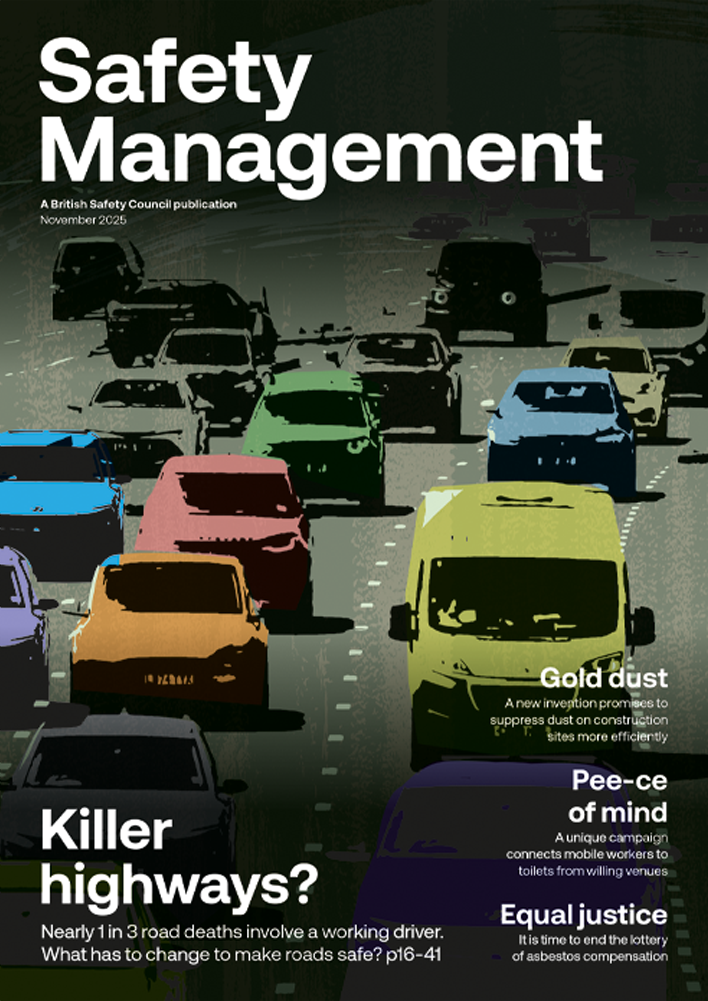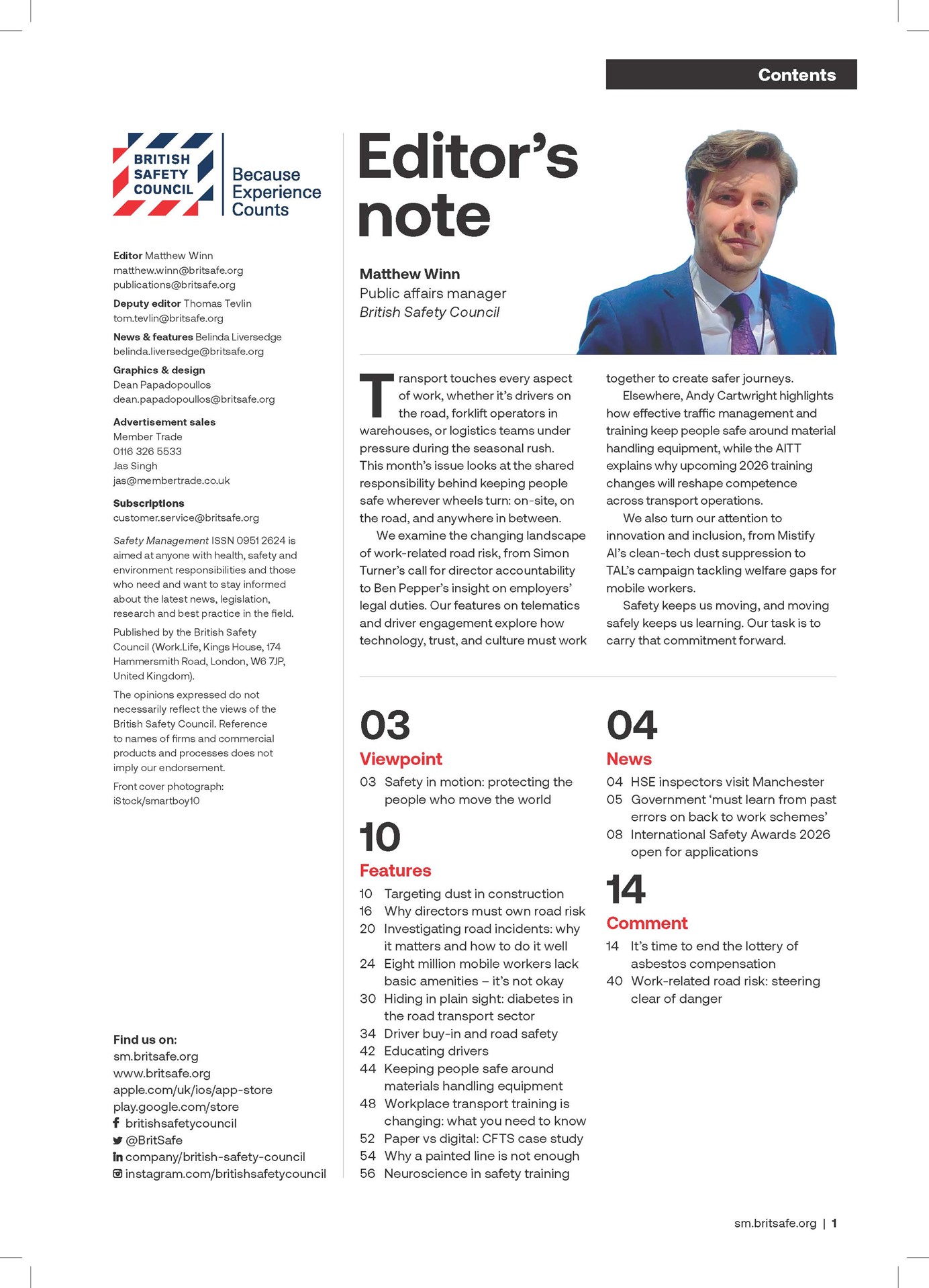In 2007, the government published its Building Bulletin 100 – a document which outlined how school buildings can be designed with fire safety in mind.
Opinion
Sprinklers must be fitted in all schools
This included an expectation around sprinklers, stating that: “All new schools will have sprinklers fitted. Any exceptions to this will have to be justified by demonstrating that a school is low risk and that the use of sprinklers would not be good value for money.”
Fourteen years on and we are now seeing the Department for Education backtrack by opening a consultation and seeking to remove the mandatory installation of sprinklers for all but a small pool of special needs schools and buildings over 11 metres tall. Given that the 2007 document’s primary aim was to ensure school building structures are “adequately resistant to fire”, the recent proposals are a disgrace.
What is the justification? The move seems to emanate from the recent loss history of the relatively small number of schools that have opted out of the commercial insurance market and into the government’s own risk protection scheme.
A major problem with this is that there is only a limited amount of data available. Instead, the three recent fires in Derbyshire, which resulted in combined losses of an estimated £30 million and not in the government scheme, would suggest that the figures being used are, quite simply, wrong.
It does not end there. The proposals also extend the allowable compartmentation size, despite the fact that new schools are built using modern construction methods and often more combustible materials. Where this trend has existed in hotels and care homes, we have also seen such severe and rapid fire spread that the fire and rescue service has had no real chance of stopping it. Should such a fire take hold in an unsprinklered school, we would be lucky if everyone were able to escape safely. The building itself would be destroyed.
While threat to life is of utmost importance, losing a school building can also have far reaching consequences for pupils, staff and wider communities. According to Zurich Municipal, schools in England are nearly twice as likely to suffer fires compared to other types of commercial building and cost on average
£2.8 million to repair – and in some cases more than £20 million. The long-term financial impact means there is a very real chance that some of the schools that experience a fire will never be able to recover and will shut their doors for good.
Finding a temporary location for hundreds of students and staff is never going to be straightforward and will inevitably result in huge logistical challenges. This means continued disruption to children’s learning and heightened stress for teachers and families.
But why are we still taking this risk when we have evidence that proves how effective sprinkler systems can be? Data from the National Fire Chiefs Council found that, in incidents in both non-residential and residential buildings, sprinklers work as intended in 94 per cent of cases and control or extinguish fires in 99 per cent of cases.
At the FPA, we are active in our lobbying of government around the real risk this current government consultation poses. One of the main aims of our ‘Know Your Building’ campaign is that sprinkler systems become a regulatory requirement for all high-risk commercial buildings such as care homes, schools, hospitals and healthcare premises.
While it seems indisputable that sprinklers should be adopted in schools, we urge everyone concerned with fire safety in schools to respond to the consultation and stand with us to put pressure on the Department for Education to see sense and protect not only us, but the built environment too.
The government’s consultation on Building Bulletin 100 here
The FPA’s Know Your Building campaign here
Jonathan O’Neill OBE is managing director of the Fire Protection Association
OPINION

Safety in motion: protecting the people who move the world
By Mike Robinson FCA on 13 November 2025
Transport keeps our world connected. Every product on every shelf, each commuter journey, flight or freight delivery depends on the people who move the world: the drivers, pilots, mechanics, dispatchers, engineers, and logistics specialists.

Work-related road risk – steering clear of danger
By Ben Pepper, CL Medilaw on 19 November 2025
Each day across the UK, millions of employees take to the roads as part of their working lives. Whether delivering parcels, attending client meetings or riding bicycles between jobs, road use plays a vital role in keeping businesses going. While the general health and safety landscape has evolved significantly over recent decades, work-related road risk (‘WRRR’) remains an area that is too often overlooked by employers.

It is time to end the lottery of asbestos compensation
By Daniel Easton, Association of Personal Injury Lawyers on 13 November 2025
A legal anomaly that makes it more difficult for sufferers of asbestos-related lung cancer to obtain compensation than people who have developed mesothelioma means large numbers of people are dying before receiving full compensation that could prove vital in the final months of their lives.



